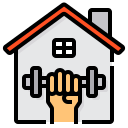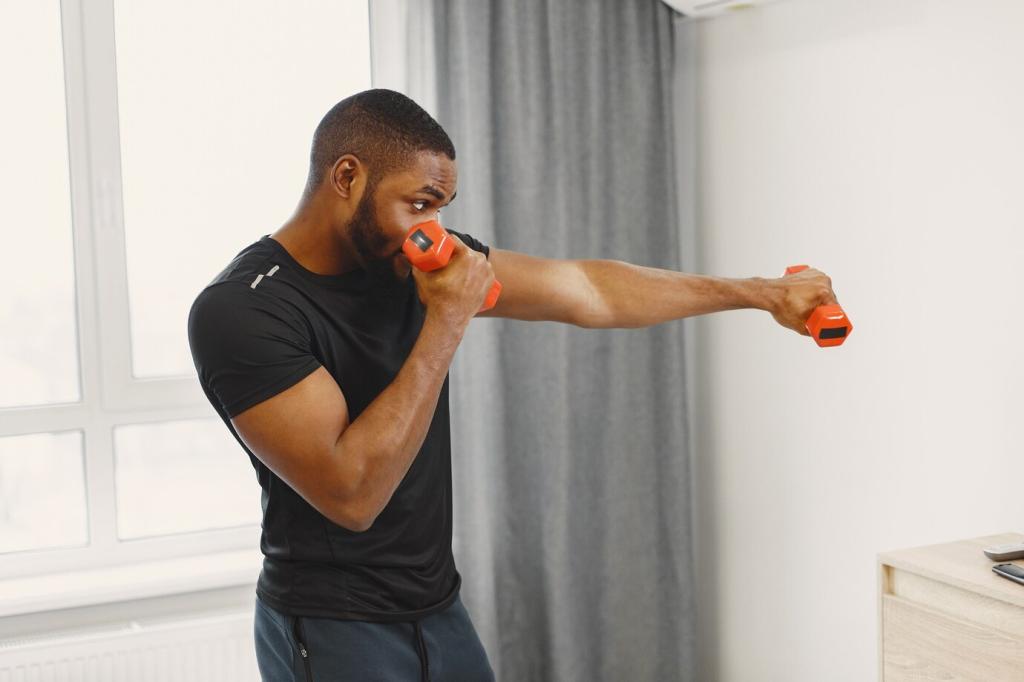
Safety Tips for Yoga and Strength Training Sessions
This edition focuses on Safety Tips for Yoga and Strength Training Sessions. Explore practical guidance, relatable stories, and simple checklists so your practice grows stronger, calmer, and safer—rep after rep, breath after breath.
Build a Safe Foundation: Warm-ups and Mobility
Follow the RAMP method: raise heart rate, activate stabilizers, mobilize joints, and potentiate patterns. Sun salutations, glute bridges, and tempo bodyweight squats prime safe form without fatigue.
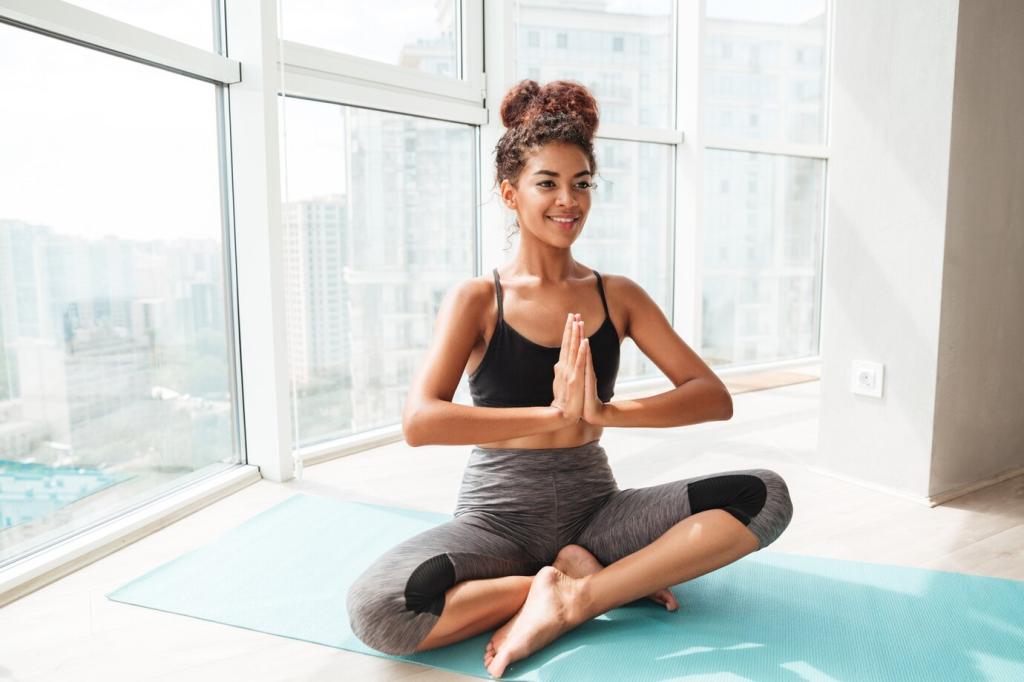
Alignment and Technique: Protect Joints and Spine
Neutral Spine in Lifts and Poses
Stack ribs over pelvis, maintain a long neck, and spread the floor with your feet. Use a dowel test or wall drills to feel neutral instead of excessive arching.
Range of Motion: Go Only Where You Own Control
Depth is earned, not forced. Stop a centimeter before joint pinch, and maintain tension. In binds and squats alike, smooth tempo protects tendons while strength gradually expands safe range.
Props, Grips, and Setups That Keep You Safe
Blocks, straps, bench heights, and grip widths are not crutches; they are calculators. Customize consistently so shoulders track, knees stay aligned, and wrists avoid painful extension.
Progressive Overload Without Overreach
Add reps, load, or time under tension in tiny steps. Two percent, not ten. Keep one to three reps in reserve to train hard while preserving connective tissue and central nervous system resilience.
Autoregulation Using RPE and RIR
Rate perceived exertion honestly and adapt the plan. If today moves like molasses, reduce load or sets. If movement feels crisp, progress conservatively while keeping technique pristine.
Environment, Equipment, and Spotting
Clear Space and Mat or Rack Setup
Place the mat parallel to traffic, clear stray dumbbells, and set safeties at mid-shin or bench height. Visual order reduces trip hazards and pre-lift anxiety, improving attention to cues.
Footwear, Mats, Props, and Belts
Use grippy mats, flat shoes, or bare feet for stability. Belts and straps assist when technique is solid, not to replace it. Inspect equipment regularly for wear, slippage, and tears.
Spotting and Safety Bars Save Backs
For squats and bench, set pins just below depth. For handstands or deep backbends, use a wall or partner. Clear communication prevents panic and protects both people every single time.
Listening to Your Body: Pain Versus Sensation
Sharp, electric pain, joint clicking with instability, or sudden dizziness are not growth signals. Stop, breathe, and switch to assessment. Training another day beats weeks of forced rest.
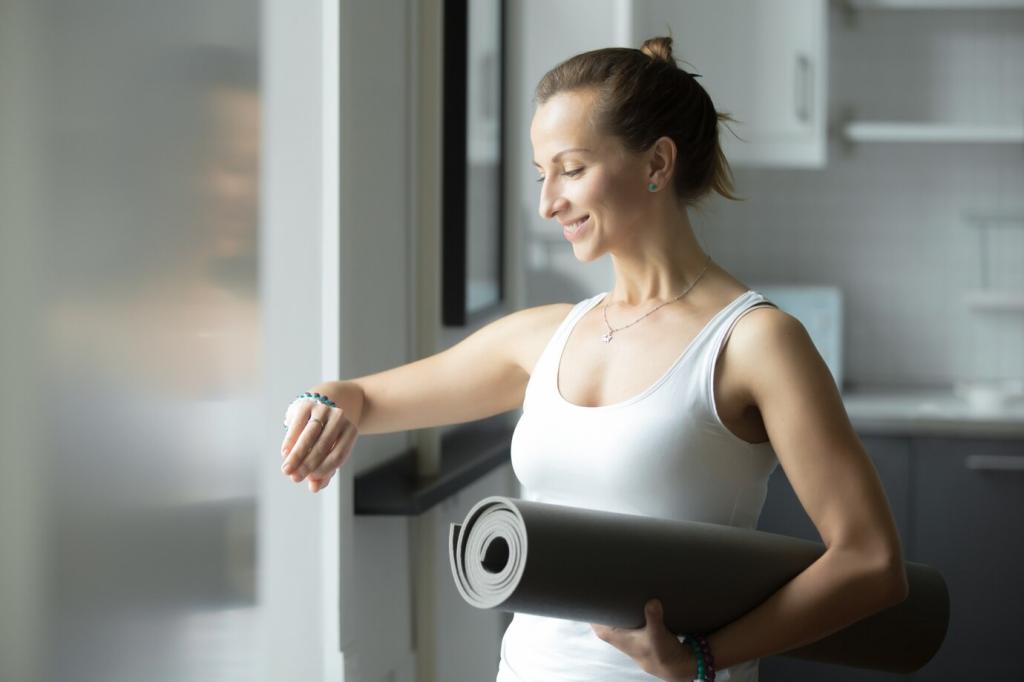
Listening to Your Body: Pain Versus Sensation
Swap deep flexion with neutral variations, or reduce range with blocks. Use trap-bar pulls instead of conventional deadlifts, and plank variations instead of painful chaturanga until symptoms settle.

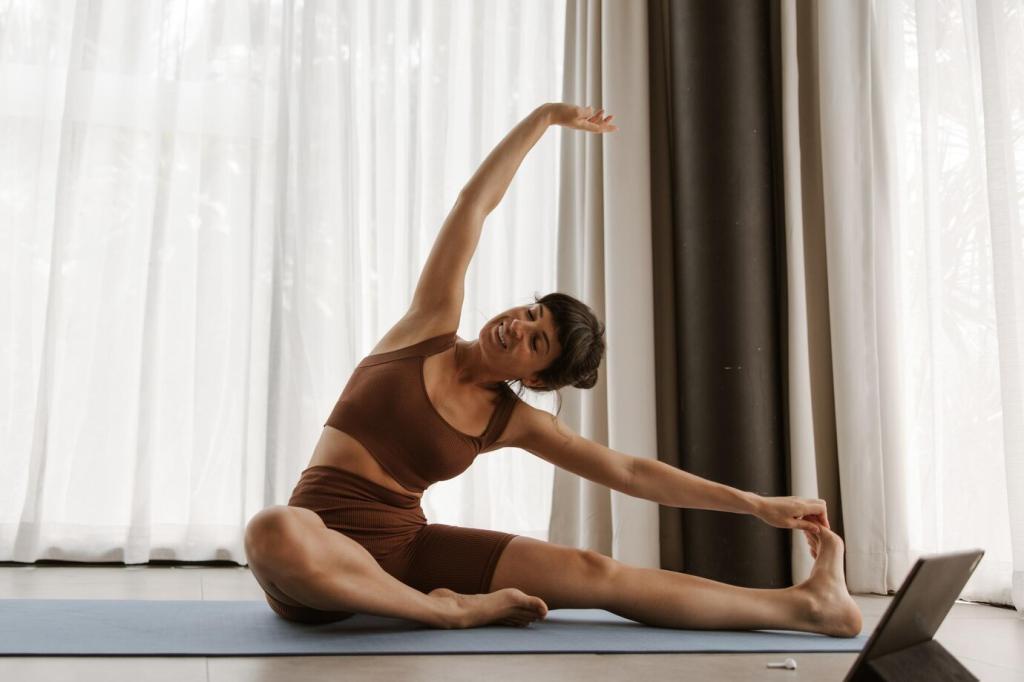
Post-Session Recovery and Self-Care
Finish with box breathing, gentle spinal decompression, and calves-to-wall. Five quiet minutes lower heart rate, soften nervous system alarm bells, and help tissues absorb the training signal.
Post-Session Recovery and Self-Care
Sip water throughout, add sodium on sweaty days, and prioritize protein. Omega-3s, colorful plants, and collagen-rich foods can support connective tissue while you rebuild between hard sessions.
Consistency, Mindset, and Community Safety
Note loads, poses, sleep, and stress. A simple checklist—space clear, equipment inspected, plan defined—catches small errors before they snowball. Share your template with us and refine it together.
Consistency, Mindset, and Community Safety
Film a set, record a pose, and ask a coach or friend for cues. External eyes spot patterns we normalize. Invite feedback in comments and trade insights with fellow readers.
Consistency, Mindset, and Community Safety
If these safety tips helped, subscribe for weekly checklists, form audits, and practical drills. Share your favorite safe progression, and tell us which topic you want explored next.
